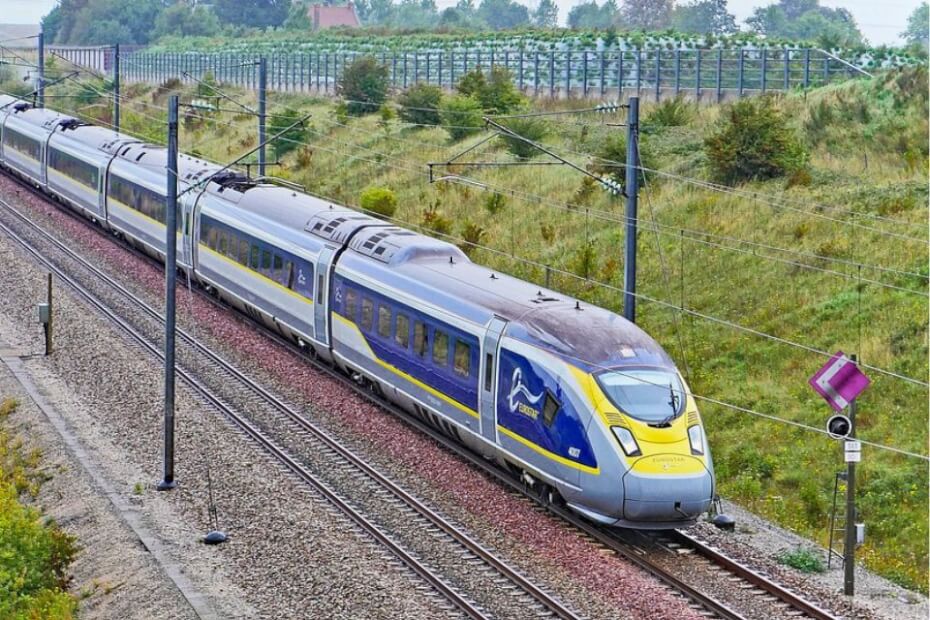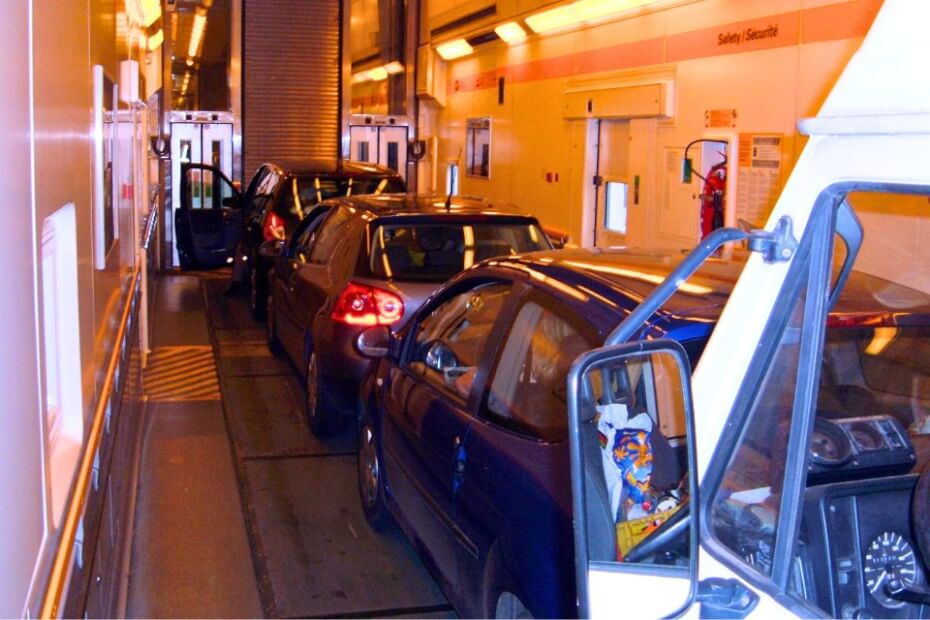
With the European Union (EU) delaying the launch of its new border check system, Eurostar plans to use the extra time effectively.
The high-speed train service connecting the United Kingdom to mainland Europe is eager to start testing the Entry/Exit System (EES).
The EES will use biometric technology to register and track non-EU citizens and residents entering and exiting the Schengen Area.
At the EU’s external borders, travelers must submit fingerprint and facial scans instead of having their passports stamped.
Initially planned for 2022, the automated border check system’s launch has been delayed indefinitely in 2025.
Eurostar hopes to gain valuable early experience by conducting limited testing with a few travelers.
Why Eurostar wants to do EES testing early
Eurostar’s general secretary, Gareth Williams, told the Justice and Home Affairs Committee of the company’s plans for EES testing, reported TTG Media.
It involves EES testing with five to ten percent of travelers to evaluate how the technology works “in a real-world environment.”
“[I would like] to take away that element of ‘Big Bang’ and build confidence and experience progressively from there,” Williams said.
Eurostar believes that early tests would give them time to find any issues before the official system’s launch.
This could be critical in preventing significant disruptions and lengthy delays for travelers.
With early EES testing with a small group of travelers, Eurostar can ensure that the system operates smoothly upon full implementation.
This would also mean that both travelers and staff could become more comfortable with the technology before its widespread rollout.
Delays and challenges in launching the EES

The EES aims to improve security by tracking who comes and goes more accurately and how long travelers stay in the EU.
Non-EU citizens and residents can stay in the EU for up to 90 days only within any 180-day period, but many who stay longer undetected.
The new system is expected to make border checks faster and more efficient in the long run.
However, industry leaders expect the first year of EES implementation to experience long lines and travel chaos.
This is due to travelers registering biometric data at the border instead of at another location or through an app ahead of time.
Many border points and transport companies also faced challenges preparing for EES checks.
Several EU countries needed more time to prepare for the new technology and manage expected long border wait times.
The EES system also requires more fine-tuning, as the EU revealed that it’s still having issues with its data management reliability.
Eurostar already had their biometric scanners and equipment ready but still encountered technical problems with data sharing with EU systems.
“If the data we are collecting cannot be passed to the EU systems, things cannot proceed,” Williams said.
Officials need to test the system more to ensure it works well and can manage vast amounts of data.
Concerns about EES testing issues
The EES has faced ongoing technical and logistical issues, which have delayed its launch multiple times.
One major challenge is ensuring all EU border points have the technology for smooth data collection and processing.
Installing and testing facial recognition and fingerprint scanning systems across multiple countries is complex.
This is especially challenging in high-traffic border points like airports, train stations, and ferry ports.
The busy Port of Dover has yet to receive tablets and kiosks before the intended launch.
Other border crossings, such as French ports, also voiced concerns about the system needing to be tested in live environments.
Officials have also raised concerns about potential long wait times at border crossings.
The EES mobile app, intended to help travelers register personal and passport information beforehand, is still under development.
Exploring other potential solutions at a cost

While Eurostar plans to perform EES testing on a small group of travelers, other transport companies are exploring other solutions.
Getlink, the company that operates the Channel Tunnel, has floated the idea of “drive-through” facial recognition technology.
This would allow travelers to have their faces scanned without stopping their vehicles for faster checks and prevent traffic delays.
“We hope to engage with the EU and national authorities in France and the UK and bring these forward,” John Keefe, Getlink’s Chief Corporate and Public Affairs Officer, told the Committee.
He urged all parties “to make the most out of the delay and bring an even better system into place when [the EES] goes live.”
While effective use of time can help EES preparations, it could also mean more costs.
Getlink and Eurostar have already spent money on new equipment and training for staff to handle the EES requirements.
Keefe shared that these investments will be “hibernated over the winter and into next year” or temporarily put on hold.
He also noted that these investment costs might eventually lead to higher ticket prices for travelers.
“Everything we do to improve the journey of our customers gets passed on,” Keefe explained.
The future of UK-EU border crossings
Eurostar’s commitment to testing the EES early shows its dedication to making the transition as smooth as possible for travelers.
While the exact timeline for the EES launch remains unclear, the EU has already stated that it is exploring a phased rollout approach.
This could involve the EES launching at some EU points that are fully ready while others follow suit.
It could also mean requiring biometric checks on a small group of travelers, similar to Eurostar’s EES testing plan.
For now, travelers are recommended to stay informed about any updates or new requirements when they cross the UK and EU borders.

